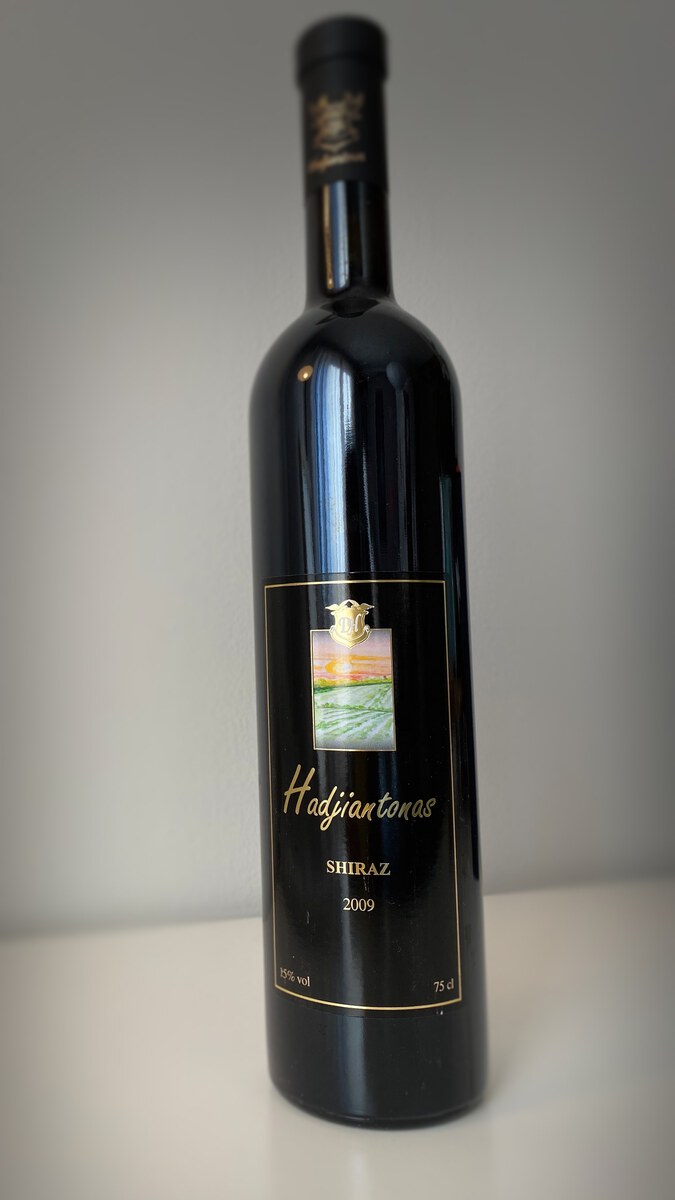Hadjiantonas "Shiraz" 2009
100% Syrah (Shiraz)Complex, elegant, mature. Raspberry jam, dry rose, coffee, leather, cigar box...
Tasting Notes
The Hadjiantonas Shiraz 2009 has a very deep ruby colour with garnet hues.
The nose is delicate, complex, evolved, dominated by tertiary notes. Under spirit cherry, raspberry jam, dry rose petals, wetland, coffee, dark chocolate, graphite, leather, cigar box.
The mouthfeel is vibrant with great freshness and a certain grip from very elegant tannins. On the palate toasted notes of coffee and dark chocolate prevail. This Cypriot Shiraz is bitter and cleansing on the finish that is very long and elegant.

|
|
Hadjiantonas |
|
|
Shiraz |
|
|
Red & Still |
|
|
Cyprus |
|
|
Lemesos |
|
|
Syrah (Shiraz) |
|
|
2009 |
|
|
Learn more
Phylloxera in Cyprus
Cypriot vines have been spared by the phylloxera epidemic that spread throughout Europe at the end of the 19th century. Cyprus being an island, managed to avoid the arrival of the pest thanks to a quarantine.
Link to here...Phylloxera
Species of insect that plagues grapevines.
Grape Phylloxera is an insect pest, it is native to North America and it feeds on vine roots.
In the wine world, when talking about ‘Phylloxera’ one refers to the spread of that pest in Europe in the late 1800’s. It all happened when some British botanists brought back infected specimens of North American vines. Phylloxera spread throughout the old continent and almost destroyed every grape vine in the process.
When vines started mysteriously dying, it took a while to pin point the problem. It was finally understood that Phylloxera was eating the roots of European vines. Vitis vinifera 1 was less resistant to the pest than its American cousin, vitis lambrusca2.
As a solution, the vitis viniferae were grafted with the roots of vitis lambruscea. That trick saved the European plants. And the production of European grapes. Thus that saved the production of European wine.

